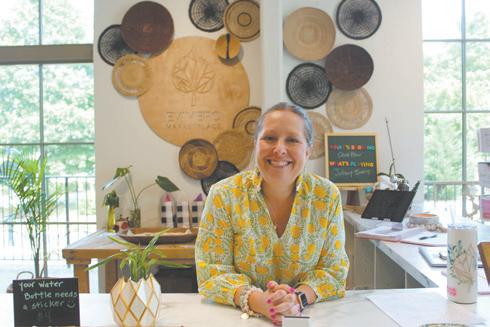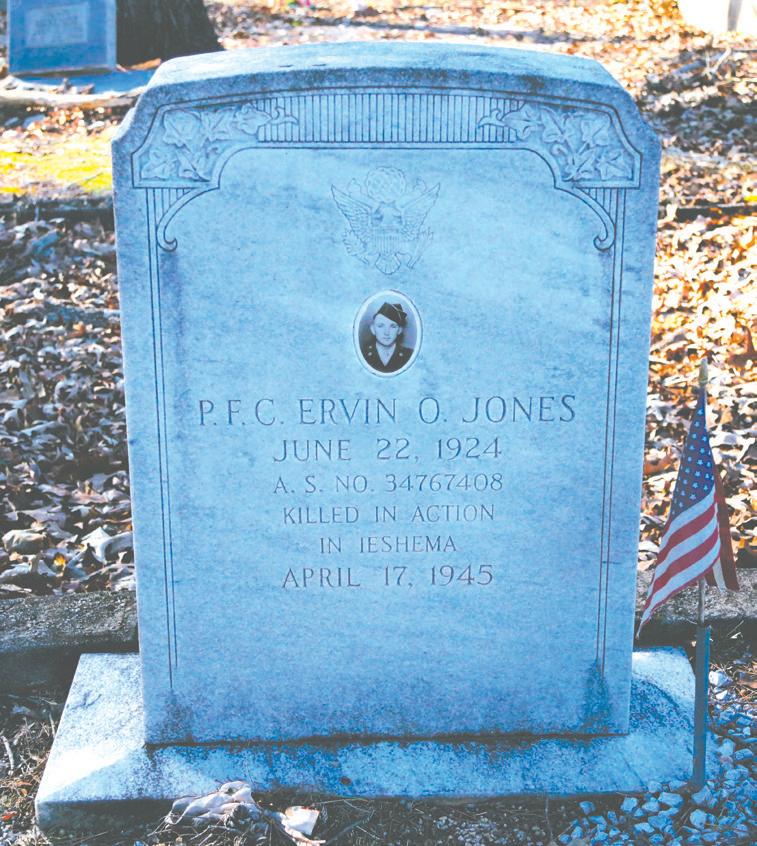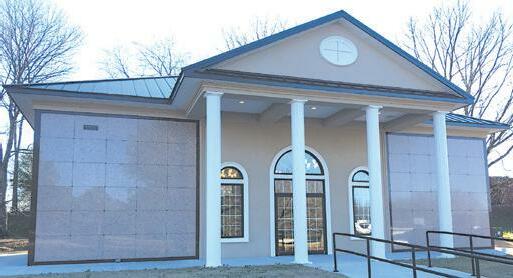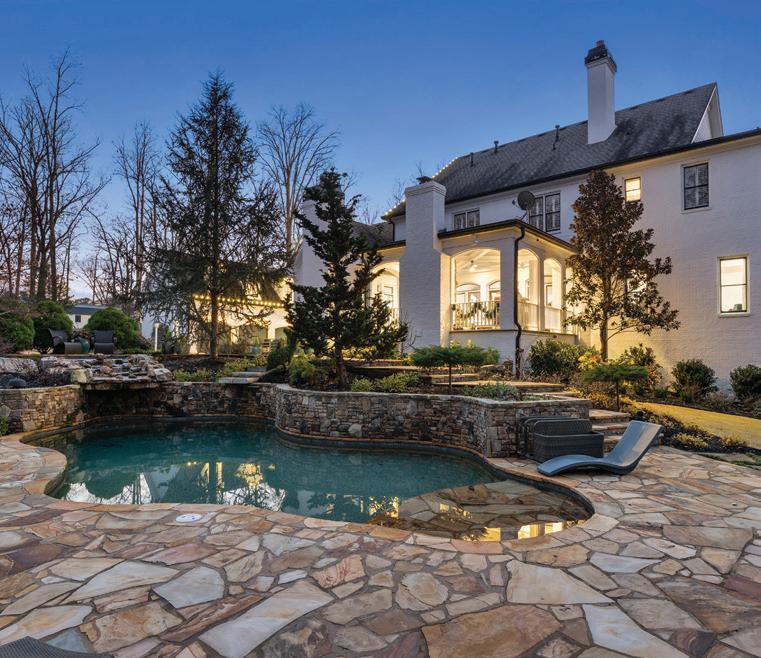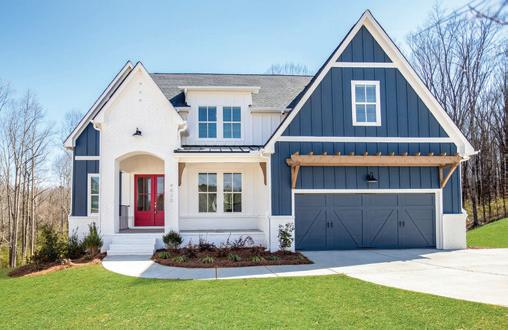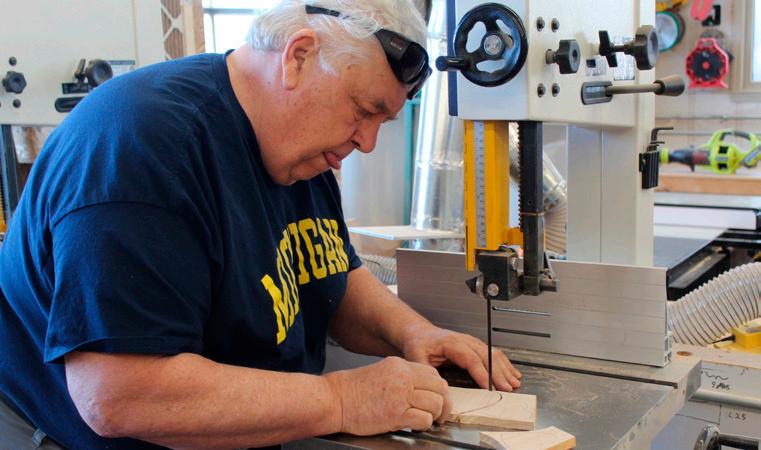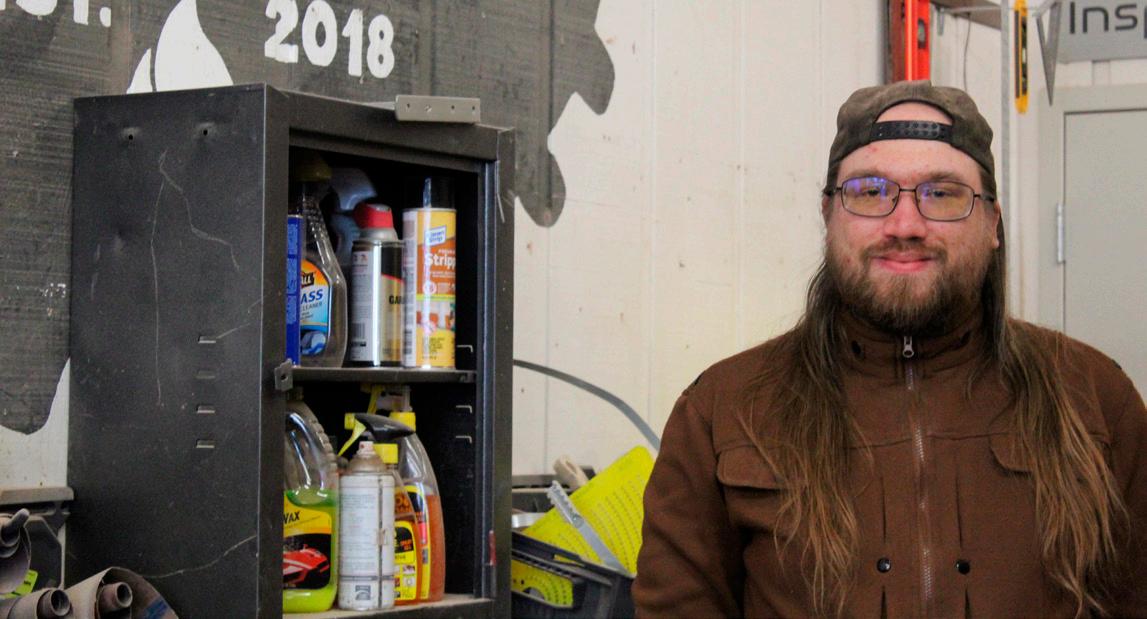
3 minute read
Johns Creek officials tour Greenville for ideas on Town Center
By AMBER PERRY amber@appenmedia.com
GREENVILLE, S.C. — While the Johns Creek City Council set priorities for the year at its annual planning retreat in Greenville, S.C., it also took notes on a walking tour to learn about branding from a city that knows how it’s done.
Advertisement
After sequestering themselves into a conference room at the AC Hotel Jan. 28, Johns Creek Assistant City Manager Kimberly Greer provided the City Council some sun while visiting the Westin Pointsett Hotel, the Peace Center, and Falls Park on the Reedy and Liberty Bridge.
Built in 1925 as Greenville’s first skyscraper, the Westin Pointsett Hotel allowed councilmembers to see how to successfully preserve and use historic structures through public-private partnership. Representing a revitalization of downtown, the Pointsett reopened in 2000 after a decade of sitting vacant.
Greer said she isn’t trying to make parallels to any specific building, but instead made a point about the hotel’s location. On Main Street, the hotel is next door to the tall, metal and glass Greenville City Hall — much like Town Center, the envisioned 192-acre area that will surround Johns Creek City Hall.
“The city … let the private sector do what it does really well, which is now a thriving hotel, 200 beds,” Greer said. “I share it as just an idea of why public-private partnerships matter and why we need to be strategic about our investments.”
Greenville contributed $4 million of the $25 million in hotel renovations.
Dialing into art, water
The group then walked to the Peace Center, which is a performing arts facility, and around the back to its outside amphitheater. Greer said the “wildly successful” amphitheater is similar to the one planned for Johns Creek’s Creekside Park in terms of size and style. The Creekside Park amphitheater is also on water and will have a terraced lawn.
Along the way, Greer highlighted other features along Main Street, a walkable area that exudes a “sense of place” with visually appealing streetscapes enhanced with public art.
The city is leaning into the selfie movement, Greer said. Nearby, a freestanding, sturdy installation pictured Liberty Bridge and had an attached metal bar meant for hanging. Mayor Johns Bradberry and Councilman Chris Coughlin entertained the selfie movement and hung off the metal bar wild-faced.
Some councilmembers voiced excitement while passing various fountains. In an October work session, the City Council discussed fountain types for Creekside Park at length. The City Council also observed angular shade structures, both functional and aesthetically pleasing.
On the way to Liberty Bridge, the last official stop of the tour, Greer paused underneath a tunnel within the 32acre Falls Park on the Reedy [River] to emphasize the potential to create something similar for Town Center. While the road above was two to three lanes wide, no sound could be heard from within the tunnel, accommodating a swarm of walkers and bikers.
Farther down, the City Council walked across Liberty Bridge, a $4.5 million suspension bridge funded by hospitality tax across the Reedy River above the Reedy River Falls.
In talking about the hotel/motel tax investment into the bridge and the 20 acres of surrounding parkland, Greer said the city set up tax allocation districts in the late ’80s that set aside funds to promote revitalization. The tax increment seen with an increase in property value was then reinvested toward more public infrastructure, she said.
Building brand
Following the tour, councilmembers talked about key take-aways and developed a long list of things Greenville does well, like public art, water features, seating, walkways, landscaping/ hardscaping and easy access to public spaces.
The City Council also touched on Greenville’s cohesive aesthetic and character through features like architecture and intentional branding. The walking tour fed into discussion the following day when the City Council conducted a welfare check on the city’s Vitality Committee and Arts, Culture and Entertainment (ACE) Committee. Both committees work to build the Johns Creek brand, albeit with different focuses.
Much of the discussion centered on developing a clearer mission for the Vitality Committee, which has seen a significant amount of turnover in membership since its rebranding last year.
The Vitality Committee seeks events that harken to the city values of health care innovation and wellness. But, there wasn’t a lot of certainty among the City Council because of its vague target.

“The purpose of [the Vitality Committee] is that we’re trying to burnish John Creek’s brand, or culture as a community of healthcare innovation and wellness, so [at] a 30,000-foot view,” Mayor Bradberry said. “The ‘how,’ I think, is what has been a mystery.”
Councilman Coughlin suggested that the Vitality Committee look into adding sustainability efforts, like Green Communities certification, into its mission in addition to mental health programming that could include meditation and mindfulness services and a partnership with One Johns Creek to tackle youth substance abuse.




